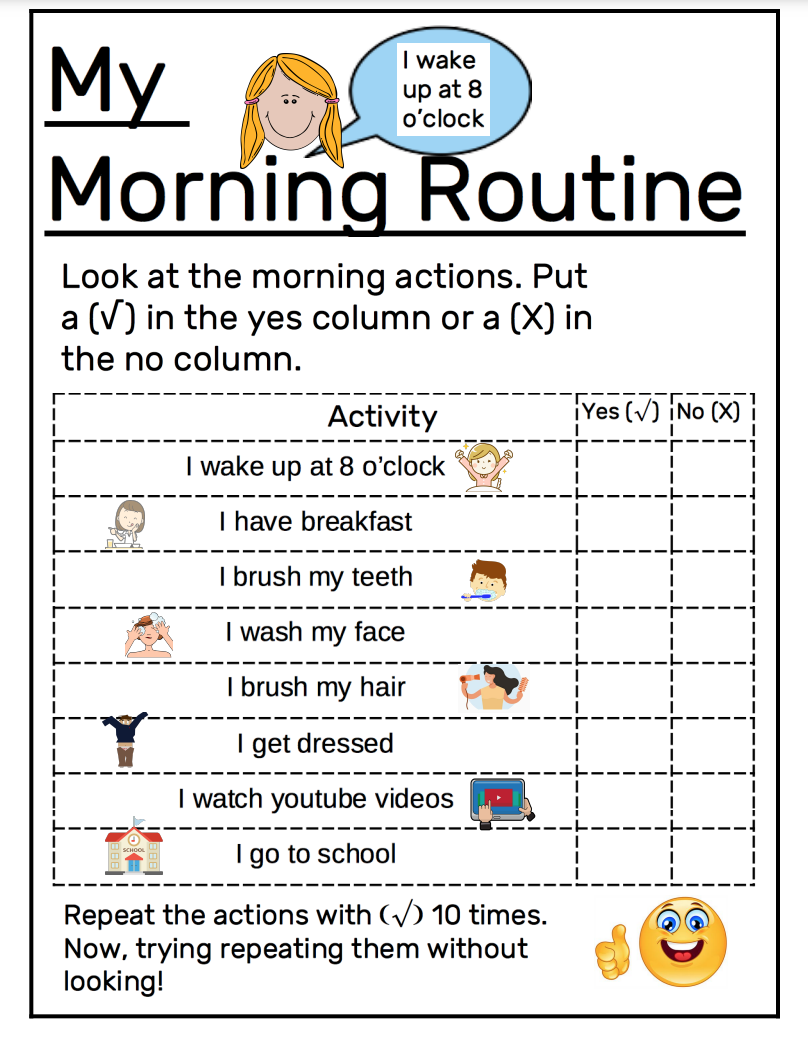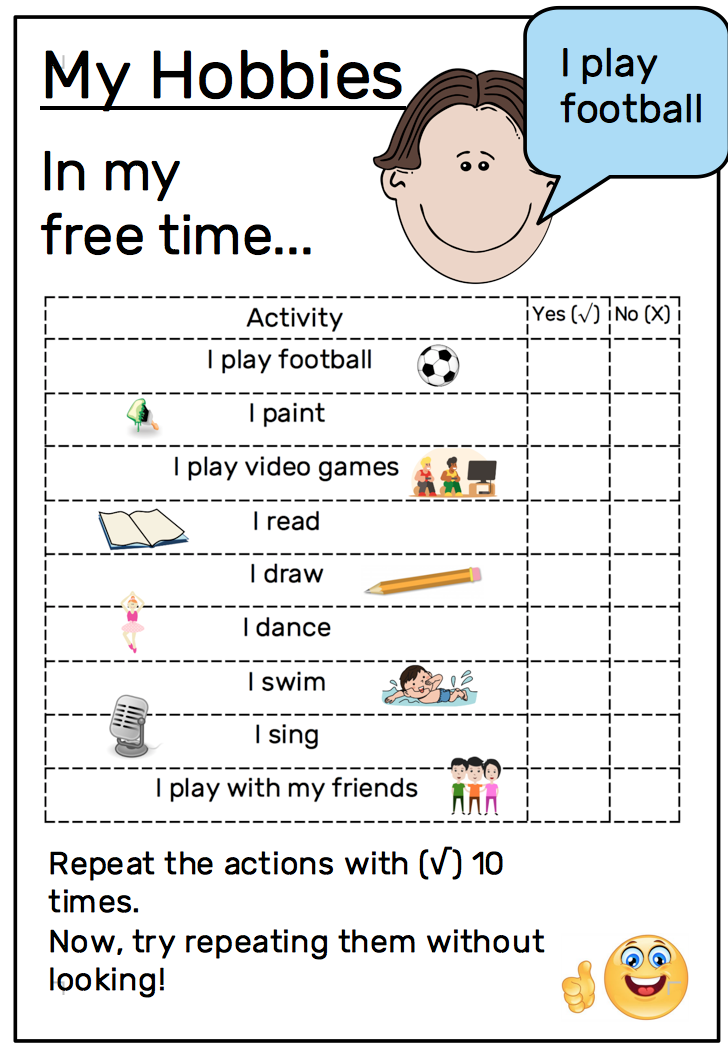Complete this task, fill this gap, answer this question... sound familiar? Have we lost
sight of the main objective of ESL language classes, which is to make and reproduce sentences?
Get your students speaking and expressing themselves quickly and without
teaching any theory. Read the article below on the benefits of this method
then download specially designed worksheets based around sentence drill, for free!
The Audiolingual Method (ALM) - Sentence Drills
Language drills can be a very effective approach for learning new
vocabulary or language structures. They are a way of ensuring new vocabulary
is introduced in a curriculum context. Language knowledge doesn’t necessarily translate to language reproduction, especially in younger learners. The best way to
get young learners to start speaking is sentence drill and repetition. Through drilling, learners
internalise the target language and are more likely to be able to produce
it independently in the future, both in speech and writing.
Imagine you have moved to a new city and you need to know how
to get from your house to your new workplace. What would be the
quickest way to learn? Studying a map over and over and learning
all the street names? Or would it be better to get out of the house to do a dry
run until you have memorised the way? Of course it’s the second
option. You don’t know the exact kilometres, you don’t know the street
names, but you know how to get there. This also seems to be the case with language learning
in younger learners.
After all, what use is it teaching grammar to a young learner who
doesn’t even know what grammar is? Most young learners will be
incapable of utilising this grammatical knowledge in order to make
sentences. Even though they might be able to rattle off irregular
verb conjugations, placement of frequency adverbs etc, once you
ask them to recite their morning routine, they freeze
up. They will also most likely commit
grammar errors orally even though they can easily pass a written test.
So is teaching language theory futile?
Not necessarily, but
how can we as teachers get them to speak comfortably? A great
way to do this, before we go jamming their heads up with
grammar do’s
and don'ts, is to practise sentence drills and repetition.
How - Drilling Techniques
Drills are a technique commonly used in older methods of language
teaching particularly the audiolingual method and used for practising
sounds or sentence patterns in a language. A drill which practices some aspect
of grammar formation is often known as pattern practice.
Let's look at some ways we can practice sounds
and sentence patterns based on different forms of guided repetition.
Free Worksheets
Discover out free worksheets designed for sentence repetition in young learners.
Our worksheets are designed to provide the students
with easy to understand sentences and pictures to choose from. They range from describing their
morning routines, their hobbies, their family or themselves.
Why they are so effective? They were designed with the principles of the audiolingual
method and pattern practice in mind and have been proven to get students speaking.
Moreover, they are designed to be adapted to each teaching style.
If you read the teacher's guide you'll
see how the worksheet is extremely versitile and can be done through a variety
of methods. It lasts ten minutes or can last a whole hour depending on your
preferred teaching style or lesson objectives.



